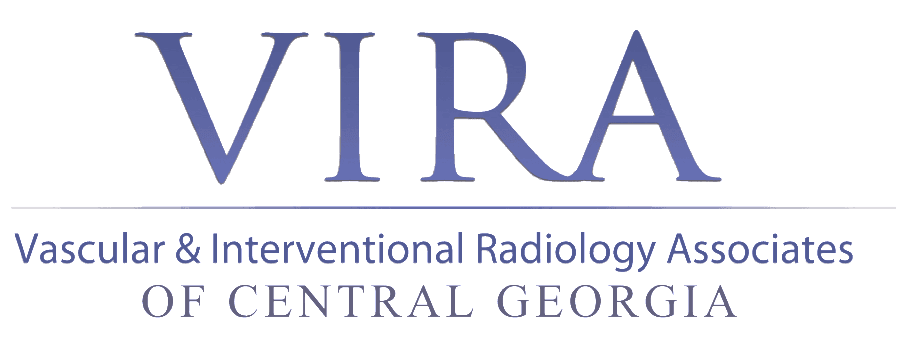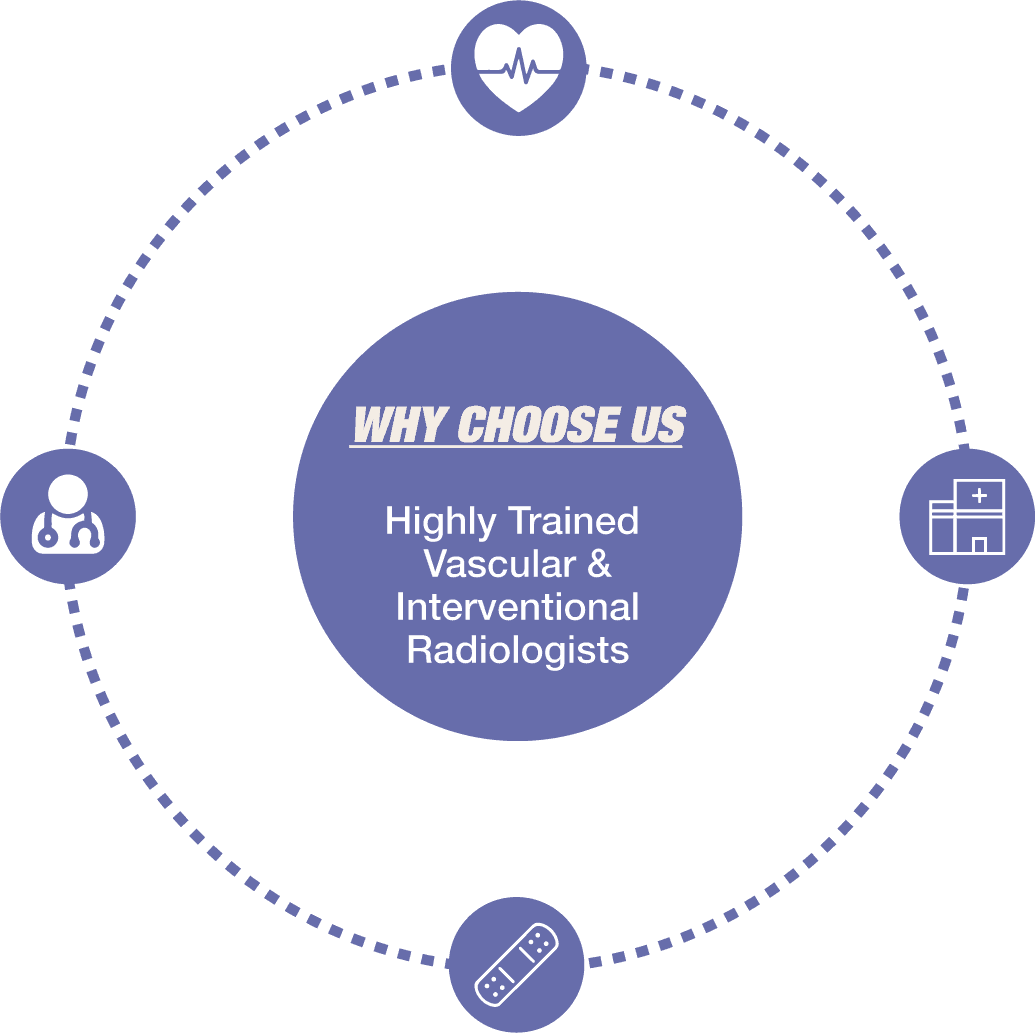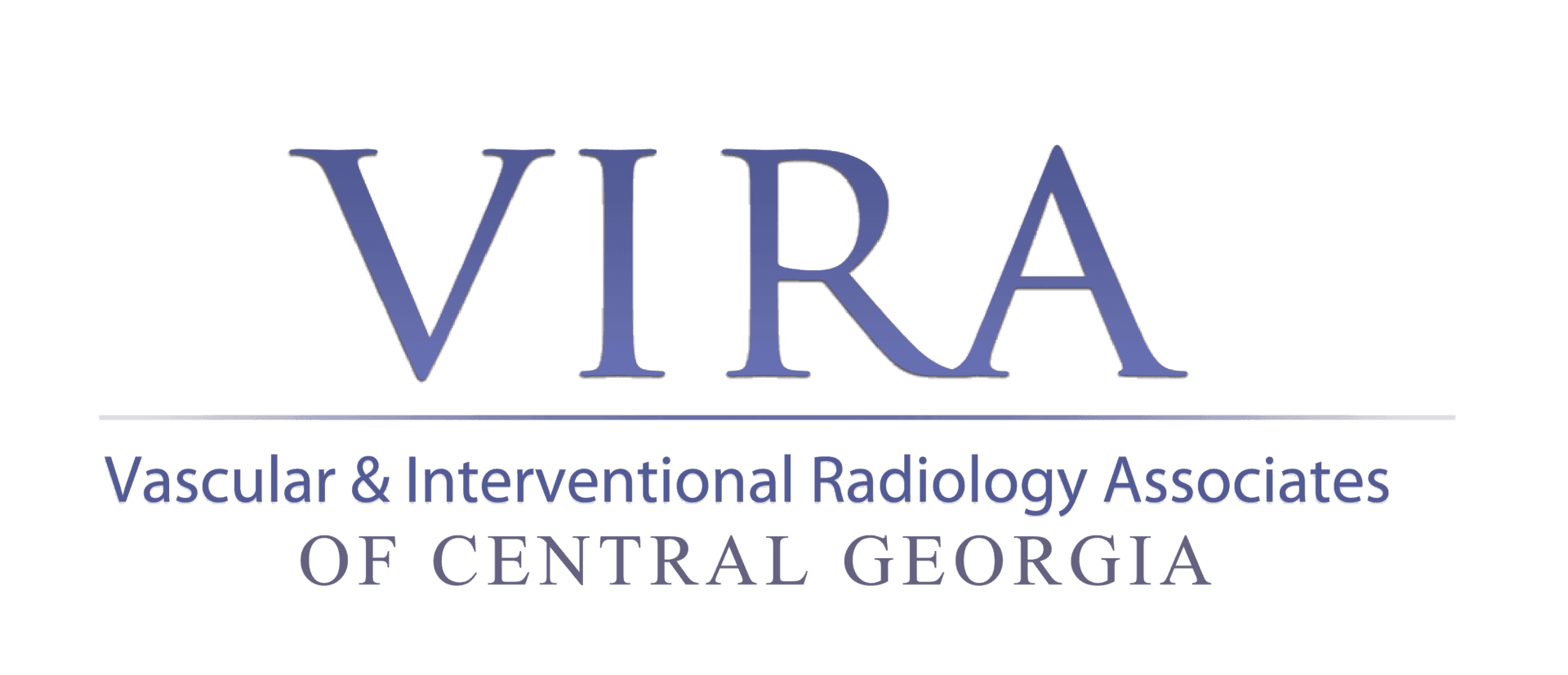Leg Pain
Contact VIRA
(Vascular & Interventional Radiology Associates)
today!
Our subspecialty trained, board certified physicians at VIRA are vascular experts in diagnosing and treating diseases of the blood vessels including PAD (a common circulation problem in which the arteries that carry blood to the legs or arms become narrowed or clogged).
- Not all leg pain is a result of clogged arteries. Vein disorders, spine or nerve problems and even hip or knee joint disease can result in leg pain.
- Following our consultation and examination of you, we will determine which diagnostic tests are appropriate to pinpoint your problem and recommend appropriate treatment.
There are several other conditions that can cause leg pain, and here are just a few:
- Peripheral arterial disease, which is caused by obstructed blood flow through the veins in the legs
- Achilles conditions, such as tendonitis, an ACL injury or a ruptured tendon
- Bursitis, an issue that causes the deterioration of the cushioning between the bones and connective tissues and muscles
- Fibromyalgia, characterized by overall body pains, including leg pain
- Deep bone thrombosis, which is clotting in the veins that can cause a range of leg pain – this can become a life threatening illness if not addressed
- Back conditions, such as a pinched nerve or slipped disc, can cause leg pain
- Sciatica is a back condition with pains through the buttocks and into the leg being a common indicator and complaint
- Leg cramps, shin splints, pulled hamstrings and restless leg syndrome
- Varicose veins and spider veins are also common causes of leg pain
These are just a few of the conditions that can be commonly attributed to leg pain, but if you experience any of these symptoms, you should seek advice from a healthcare provider.
- Tingling
- Numbness
- Shooting pain
- Temperature changes
- Skin discoloration
- Swelling

10 million Americans are affected by PAD.
Men & Women over 50 are most commonly affected.
20% of Americans 65 & older
are affected by PAD.
are affected by PAD.
Most common symptom is Claudication, which is leg pain that occurs when walking or exercising and disappears when the person stops the activity.
Other symptoms of PAD include:
- numbness/tingling in the lower legs and feet
- coldness in the lower legs and feet
- ulcers or sores on the legs or feet that do not heal.
You should get tested
for PAD if you:
for PAD if you:
- Are over age 50
- Have a family history of vascular disease such as PAD, aneurysm, heart attack, or stroke
- Have diabetes
- Have ever smoked or currently smoke
- Have inactive lifestyle
- Have increased blood pressure or history of heart disease
- Have trouble walking that involves cramping or tiredness in a muscle with walking or exercising, relieved by resting
- Have pain in the legs that awaken you at night.
After our initial consultation with you, we can usually determine if your leg pain or other symptoms are the result of disease affecting the arteries, veins, or nerves.
If we suspect clogged arteries or PAD as your problem, we generally will order a painless, noninvasive test that measures the pressure in your arms and legs, Ankle-Brachial Index (ABI), and an ultrasound exam of your arteries.
- If your ABI is about 1 in each leg, there is no significant blockage. ABI less than 0.3 indicates serious disease. Values in between indicate mild to moderately severe disease. The ultrasound exam is more detailed and helps us localize the level and degree or amount of blockage.
- We may also obtain a specialized CT scan called a CTA (computerized tomographic angiogram), which is a noninvasive painless procedure that can provide us with a detailed roadmap of your artery circulation anywhere in your body.
- In rare cases, an MRI can be used to look at your blood vessels as well.
PAD is a common circulation problem in which the arteries that carry blood to the legs or arms become narrowed or clogged.
This interferes with the normal flow of blood, sometimes causing pain, but often causing no symptoms at all.
The most common cause of PAD is atherosclerosis, often called “hardening of the arteries.” In some cases, PAD may be caused by blood clots that lodge in the arteries and restrict blood flow.
Left untreated, this insufficient blood flow can lead to limb amputation in some patients.
Many people simply live with the pain, assuming it is a part of aging. It is not, and proper diagnosis and treatment can alleviate symptoms so you can return to your previous lifestyle.

Often PAD can be treated with lifestyle changes. Smoking cessation and a structured exercise program are often all that is needed to alleviate symptoms and prevent further progression of disease.
The first-line treatment for symptomatic narrowing or short blockages in the artery is angioplasty and stenting. Interventional vascular radiologists pioneered this technique and for decades have been responsible for most of the advances in the minimally invasive endovascular treatment of diseases of the arteries. The interventional vascular radiologists at VIRA are highly experienced and skilled at angiograms, angioplasty, and stent placement, having performed thousands of these procedures over more than three decades in the Middle Georgia area.
If you require treatment for a narrowed or blocked artery, the procedure is performed as an outpatient in the hospital with sedation to minimize discomfort. Generally an overnight stay is not required. A tube or small catheter (about the size of thin spaghetti) is inserted through a tiny nick in your skin at your groin or rarely the upper arm. Using x-rays, the catheter is guided to the area of blockage and a small balloon is gently inflated to reform an open channel in your artery. In some cases this area is then held open with a stent, a small metal cylinder placed through the same nick in your skin.
The majority of diseased arteries can be treated using this minimally invasive, painless procedure, therefore avoiding major surgery, general anesthesia, and long recuperation associated with vascular surgery techniques of yesteryear.



